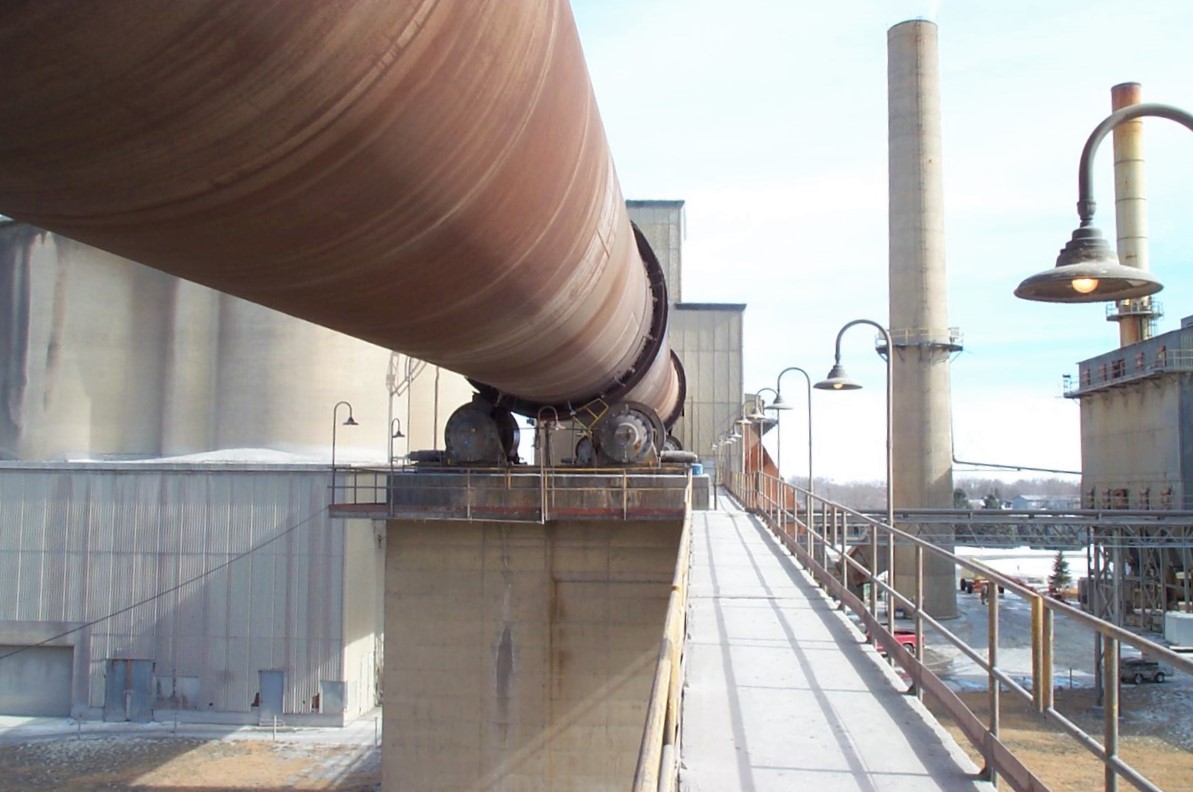One of the most significant changes to cement used in the United States is coming and it’s coming fast. Industry experts have predicted that by 2023, standard Portland Cement (per ASTM C150 specification) will no longer be available for purchase. Soon the familiar Type I or Type II cement that’s been in use for decades, will be no more. Cement producers have already started the process of manufacturing and converting plants to produce Portland Limestone Cement (PLC). This change has prompted concern from many specifying engineers and contractors. We will attempt to answer some of the most frequently asked questions about PLC.
What is Portland Limestone Cement?
Portland Limestone Cement is a blended cement with a higher limestone content. Per ASTM specifications, PLCs are specified as a Type IL cement with a specified limestone replacement limit of 15%. PLC results in a product that works the same, measures the same, and performs the same as the typical Portland Cement that has been in use for decades, but with the reduced carbon footprint of cement.
PLC is produced in accordance with ASTM C595, “Standard Specification for Blended Hydraulic Cement.” This is a prescriptive specification and is not a new specification as it has been used for decades. Most departments of transportation in the United States allow blended materials per ASTM C595 on construction projects.
Why the Change?
Cement production contributes to the global emission of CO2. More than half of CO2 emissions in the cement industry are released during the process of making clinker, the man-made rock needed to produce cement. Clinker is ground in a mill with gypsum to produce portland cement. Blending limestone in the cement allows for a reduction in the amount of clinker, which reduces the carbon footprint per ton of cement. In addition to PLCs, the concrete industry is dedicated to develop new technologies that contribute to a greater reduction in overall CO2 emissions.
Is This Just Diluting the Cement?
The limestone particles provide nucleation sites which promotes hydration. This results in comparable strength gain to standard Type I and Type II cement. There is a limit to this effect which is typically about 15% limestone replacement. The benefit of nucleation is outweighed by the dilution of cement above this 15% replacement, causing slower time of set or strength gain.
What About Durability and Life-cycle of Concrete Structures?
Portland limestone cements have a long history of use throughout the world that has proved its durability and life-cycle performance. In the United States between 2012 and 2018, 4 million tons of PLCs were used in various projects. Since 1983, Canada has allowed limestone in cement. Parts of Europe have also used limestone in cement as far back as the 1960s. This is not a new technology.
Why are Cement Producers in the USA Changing Now?
The push to reduce CO2 emission worldwide is getting stronger and the cement industry is prioritizing technologies and building materials that help to reduce the overall environmental footprint. The switch from portland cement to portland limestone cements is one of the ways the cement industry is doing their part in meeting the goal of lower CO2 emissions. Typically, the transition to PLC reduces CO2 emissions by 10 percent. This change will help leave a better world for the next generation.
Can Fly Ash, Slag or other Pozzolans Be Used with Portland Limestone Cement?
The use of fly ash, slag and other pozzolans is the number one way to reduce the CO2 emission per yard of concrete. If we could not use these products with PLCs, it would more than negate the benefits of the change. Research by many of the leading universities has provided positive results in the continued use of fly ash, slag and other pozzolans in conjunction with PLCs.
What Do Engineers and Specifiers Need to Do to Prepare for the Change?
Many specifications already allow ASTM C595 for blended cements. This is the specification which PLC will be sold under. This specification requires the use of a base cement meeting the requirements of ASTM C150 “Standard Specification for Portland Cement,” and provides limitations for materials to blend with the cement. For PLC it provides a minimum of 5 percent and a maximum of 15 percent limestone which is at least 70 percent calcium carbonate.
Concrete is the most used construction material on earth, but as the literal foundation to our world and modern development, it carries an environmental burden. The push to adopt more sustainable cement formulations such as portland limestone cement helps reduce global climate impact and encourages further development and integration of green concrete technologies into new projects.
Contact Us
Braun Intertec has experienced staff that understand cementitious-related performance and can assist with mix design and testing. Please contact us if you have any questions.
If you would like to learn more about concrete mixtures, please join us later with Braun Intertec senior petrographer, Aisyah Abdkahar, PG for our live webinar, “Petrographic Analysis: What Can it Reveal about Construction Materials Issues?” on February 24th.

